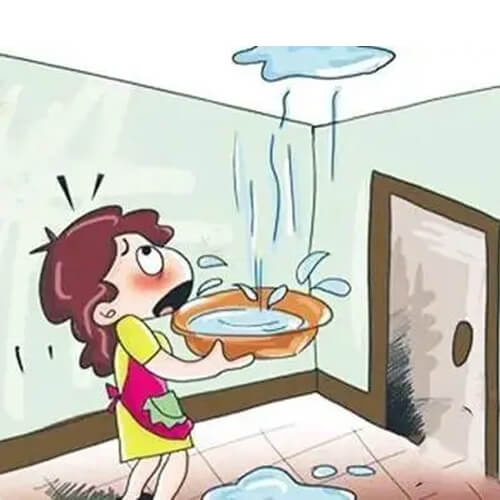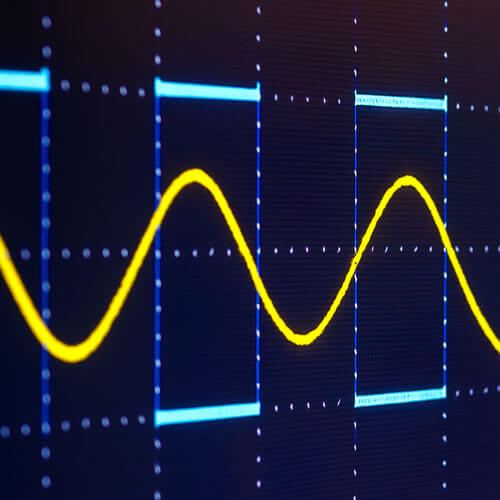Water leak detection is designed to detect and repair leaks in pipes, equipment or building structures in a timely manner to prevent property damage and high repair costs. Through monitoring, the source of leaks can be quickly identified to avoid water stains, mold growth and potential damage to building structures, ensuring a safe and healthy living or office environment.
Common causes of indoor water leaks
1. Water supply line leaks
Indoor water supply line are a common cause of water leakage. Chemical substances in the water corrode metal pipes and joints for a long time, and the pipe walls gradually become thinner. At this time, If the water pressure is too high or the temperature expands and contracts, it will directly aggravate the rupture of the pipe or the loosening of the connection. If not discovered and repaired in time, the leakage problem will seriously damage your house and increase your water bill.
Solution: When purchasing and installing water supply line, choose corrosion-resistant pipes and find professionals to install them. Check regularly during use and repair problems in time if found.
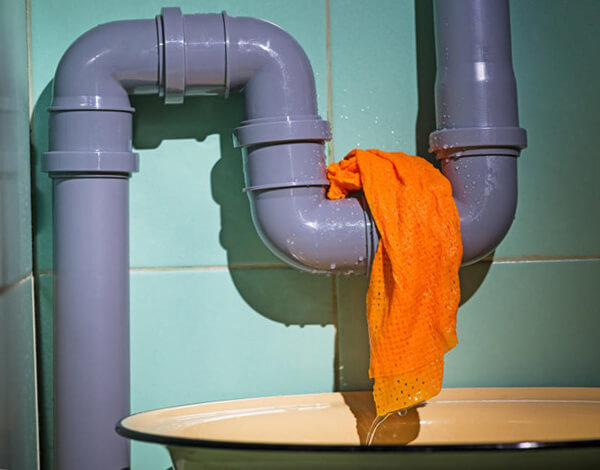
2. Toilet leaks
Toilet leaks are common causes of indoor water leakage. Damage to the float valve or water inlet valve in the water tank, aging of the sealing ring, loose bolts between the water tank and the toilet, etc. can cause the toilet to leak. Severe leakage will not only damage the floor, but also easily breed bacteria.
Solution: If the water level in the water tank is too high or the water inlet cannot be stopped, it may be that the float valve or water inlet valve is damaged and needs to be replaced. If the water in the water tank keeps flowing into the toilet, it may be that the seal of the drain valve is worn or aged and needs to be replaced. If water is found to be leaking from the bottom of the water tank, the bolts and sealing gaskets connecting the water tank and the toilet should be checked and replaced if damaged.
3. Water heater, washing machine or refrigerator leaks
The water heater in the bathroom may leak due to corrosion of the water storage tank, damage to the connecting pipe or failure of the safety valve. The washing machine may leak due to a broken water inlet pipe or drain pipe, damaged door seals, or internal component failure. The dishwasher in the kitchen may also leak due to broken pipes, worn seals or accessories. The refrigerator may leak due to clogged drain holes or clogged condensate drain pipes.
Solution: Check whether the inner tank of the water heater has cracks and whether the pipe connections are tight, and replace the accessories in time if they are worn. Washing machines and dishwashers should regularly check whether the water inlet pipes and drain pipes are broken and whether the seals are worn. Check and clean the drain holes and condensate drain pipes in the refrigerator to ensure that the water can be discharged smoothly. Secondly, check the frost accumulation inside the refrigerator, defrost regularly or use a refrigerator with automatic defrost function to prevent excessive frost from affecting normal drainage.
4. Heating system leaks
Corrosion in the pipes, loose connections, pump failure, or construction defects can all lead to leakage in the heating system. If the floor heating is installed indoors, once a leak occurs, it is easy to damage the house and incur a lot of repair costs.
Solution: For heating equipment on the ground, we can see the leaking location with our eyes and deal with it in time. However, for underground heating pipes, the leaking point cannot be seen directly. You can install a positioning water leak detector to lock the leaking point and deal with it in time.
5. Faucet, fixture leaks
The valve core inside the faucet has been worn or corroded for a long time, and it cannot effectively cut off the water flow, which will cause leakage. Aging of the gasket or sealing ring and being washed and worn by water pressure can also cause faucets to leak. In most cases, faucets and water pipes are important causes of indoor leakage.
Solution: Check regularly and replace aging or worn accessories in time.
How to detect indoor water leak?
1. Visual observation
First, check the areas where you suspect there may be a leak. These areas may include corners, ceilings, floor edges, around water pipes, etc. Look for water stains, peeling, deformation, etc. on the walls and ceilings. Are there obvious signs of water seepage on the floor, such as dampness or mold. Are there cracks and water seepage in the roof and exterior walls, especially after rain.
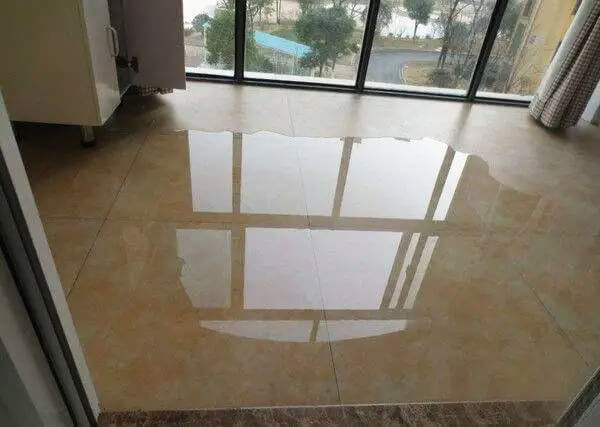
2. Check the water meter reading
Turn off all taps and water sources in the room, and then observe whether the water meter continues to run or the reading increases. If the water meter reading still increases, then there is a leak.
3. Check the toilet
The toilet is the most important place to monitor for leaks in the room. You can put food coloring (such as edible red jelly powder) in the toilet tank and observe whether the toilet continues to flow when not in use. If color appears in the toilet, it indicates a leak.
4. Check the water pipes
Check all water pipe connections for water drips or water marks. Loose joints or broken sealing gaskets can cause leaks. Wipe the joint with dry paper to see if it is moist. Place a paper towel or kitchen paper towel near the suspected water source. If the paper towel becomes wet or has water marks, it means there is a water leak.
5. Install water leak sensors
For houses that are away or not occupied for a long time, the water leak sensor can be installed in important places in advance. And update monitoring data to mobile phone. Once water accumulation is detected, notify the management staff through SMS, phone and email.
Here is home water leak detectors review video from @makeitworktech
How to detect underground pipe leak?
Underground water pipe leaks are not uncommon, and the solution is even more difficult. It not only leads to a waste of water resources, but may also cause damage to the surrounding environment and buildings. Therefore, it is crucial to find the leak point in a timely and accurate manner and repair it. Here are several common methods to help you find the leak point of underground water pipes.
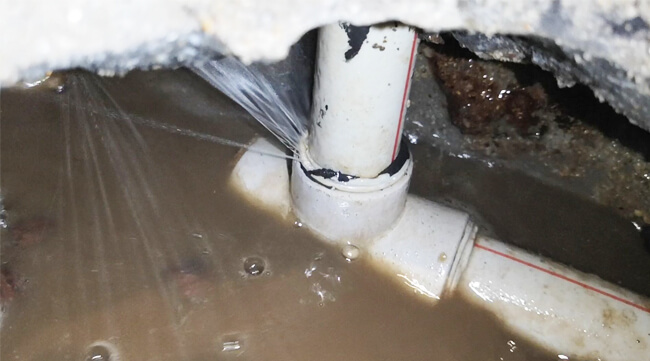
1. Observation
Observation is a simple and direct way to find leaks. First, you can observe whether there are water marks, wet soil or abnormal plant growth around the water pipe. This usually indicates a water leak nearby. Secondly, you can check the leak-prone parts such as water pipe joints and valves to see if there is obvious dripping or seepage. If so, the water leak is likely to be in these parts.
2. Sound detection
When a water pipe leaks, the water flow will produce a certain sound. Listening carefully to these sounds can help you locate the leak. In the dead of night, put your ear close to the water pipe and listen carefully for the sound of water flow. If you hear obvious water flow, the leak may be nearby. In addition, you can also use professional tools such as leak detectors to amplify the sound and improve the accuracy of positioning.
3. Pressure test
This is a method of finding leaks by detecting changes in water pipe pressure. First, you need to turn off all water-using equipment and ensure that the water pipe is in a static state. Then, use a pressure gauge to measure the pressure of the water pipe. If the pressure drops quickly, there is a high probability of a water leak. Next, you can turn on the water-using devices one by one and observe the changes in the pressure gauge. When a device is turned on, the pressure drops significantly, so the water leak is likely near the device.
4. Temperature detection
In winter, when a water pipe leaks, the soil temperature around the leak will be significantly higher than the surrounding area. By measuring the soil temperature, it is possible to determine whether there is a water leak in the area. Use a soil temperature sensor to measure the soil temperature around the water pipe. If you find that the temperature in a certain area is significantly higher than other areas, the leak may be in that area.
5. Water leak sensor
For some leaks that are difficult to locate, you may need to use professional equipment to detect them. For example, install water leak rope around the water pipe and used with a water leak sensor to complete the leak monitoring. In addition, infrared thermal imagers can also be used to detect the temperature distribution of the water pipe system to find the leak.

6. Hire professionals
If you have tried the above methods and still cannot find the leak, it is recommended that you seek the help of professionals. Professional plumbers or leak detection companies have rich experience and professional equipment to accurately and quickly find leaks and repair them. At the same time, they can also provide some preventive measures and suggestions to help you avoid similar problems from happening again.
Other blogs

